Are Black Locust Trees Invasive Even Though They’re Native?
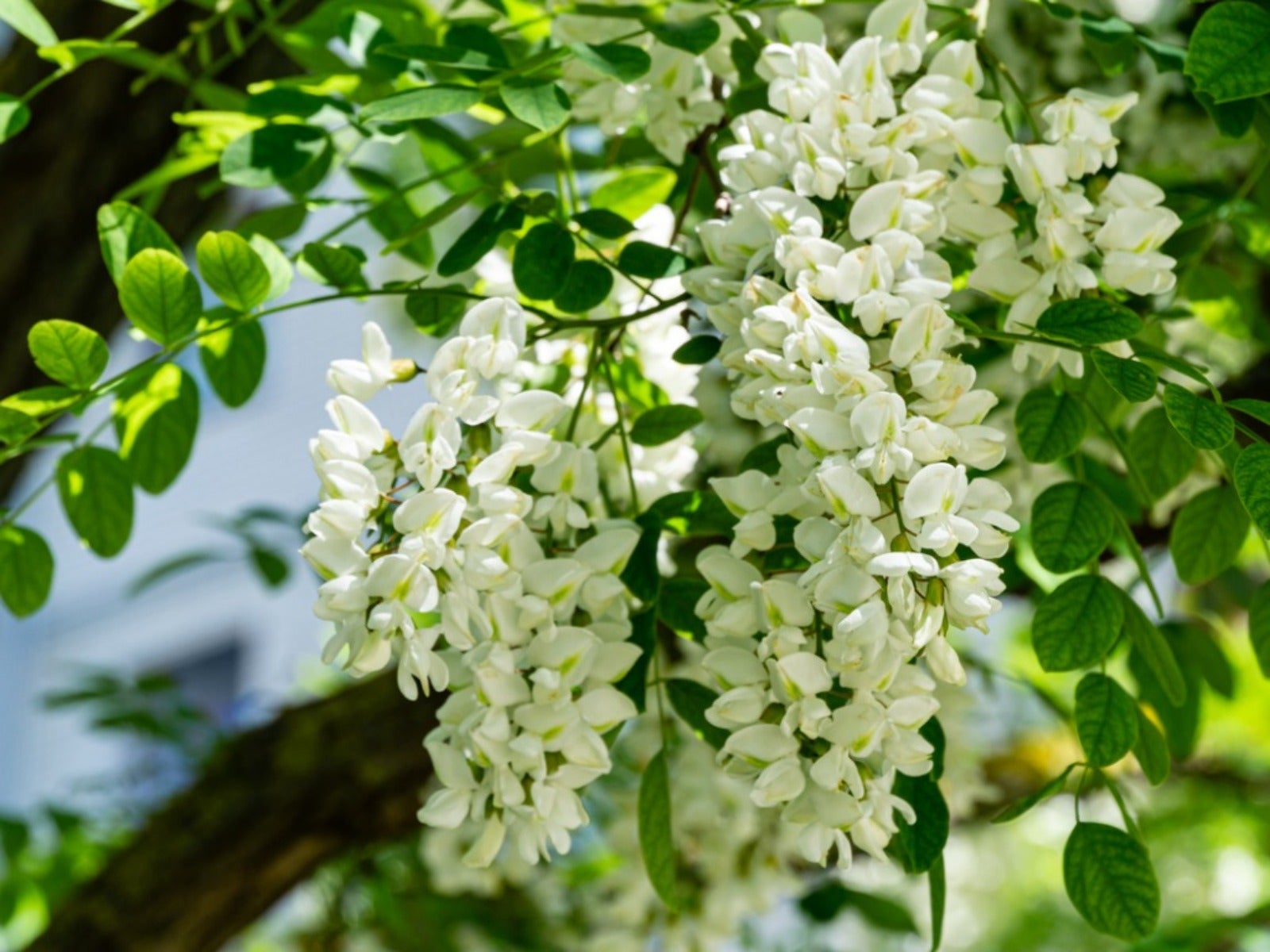

What’s the story with black locust, also known as false acacia? Is it a stunning ornamental or an extremely invasive undesirable? Read on for the curious answer.
Black Locust Tree
It’s hard not to fall in love with black locust (Robinia pseudoacacia). Few trees produce more abundant, beautiful, or fragrant flowers, or afford more pleasing contrast between the upper and lower surfaces of the leaves. It is such an appealing tree, with a massive trunk (to 100 feet tall or 30.5 m) and broad limbs, in stark contrast to the chains of gorgeous white racemes of blossoms and the fluttery, graceful foliage.
The flowers develop 3- to 4-inch (7.6 to 10 cm) brown seed pods. These pods, which resemble dried, flat pea pods, each contain up to 8 seeds, and they are extremely durable. They not only last through the winter, but their durable, impermeable outer coating helps these seeds last for years in the seed bank.
Black locust is also a low-maintenance tree, very easy to grow. But the way that the tree can thrive without human assistance has also turned into a liability. It can outgrow almost any other native species in the area, crowding them out.
Where Is Black Locust Native?
Black locust tree is not a foreign species imported from foreign climes. Rather, it is a native species. The black locust native range is the Southeastern United States, from Pennsylvania to Georgia and west to Appalachia. The trees also are native along the slopes and forest edges of southern Illinois, Indiana, and Missouri.
But the tree has spread from its native range. It has been cultivated across the East Coast as a lumber tree, since its wood is attractive and durable. It was also introduced in residential communities outside of its range both as an ornamental and for soil stabilization. And today, millions of these trees have escaped cultivation and are seen crowding along the sides of highways and growing in thickets in areas including Cape Cod.
Is Black Locust Invasive?
Although the blossoms need pollinators to produce seeds, the flower fragrance makes them extremely attractive to bees and other pollinating insects. But, are black locust trees invasive? Yes, they are extremely invasive, as the U.S. East Coast has found out to its dismay. These trees propagate both by seed and by suckers.
Gardening tips, videos, info and more delivered right to your inbox!
Sign up for the Gardening Know How newsletter today and receive a free copy of our e-book "How to Grow Delicious Tomatoes".
In addition, black locust tree roots alter soil chemistry by fixing nitrogen. This means that the soil can support a higher number of other invasive species even decades after the black locust is taken out. Because of this, it poses a real threat to native vegetation outside of its historic North American range. When it expands into new areas, its shade reduces competition from plants that require sun, and dense clusters create shaded islands with little ground vegetation.
Today, black locust is illegal to sell or buy a black locust tree in the Commonwealth of Massachusetts, where it is not native. But black locust is also classified as invasive in states where it is native, like Indiana, where it has invaded prairie and savanna habitats, and where it was not a native species.

Teo Spengler is a master gardener and a docent at the San Francisco Botanical Garden, where she hosts public tours. She has studied horticulture and written about nature, trees, plants, and gardening for more than two decades. Her extended family includes some 30 houseplants and hundreds of outdoor plants, including 250 trees, which are her main passion. Spengler currently splits her life between San Francisco and the French Basque Country, though she was raised in Alaska, giving her experience of gardening in a range of climates.
-
 Types Of Tomatoes Explained: Explore The Many Wonderful Shapes, Colors, Flavors, & Best Uses
Types Of Tomatoes Explained: Explore The Many Wonderful Shapes, Colors, Flavors, & Best UsesThe world of tomato varieties is vast and fascinating. Learn about the key types to grow in your garden, tailored to your preferences and space.
By Amy Grant
-
 Try The Trend – Turn Any Bed Into A Keyhole Garden With This Clever In-Ground Composter
Try The Trend – Turn Any Bed Into A Keyhole Garden With This Clever In-Ground ComposterKeyhole gardening is an efficient and sustainable practice that saves space. Get started on this DIY project quickly and easily with an in-ground composter.
By Bonnie L. Grant
-
Twisty Baby Locust Care: How To Grow A Twisty Baby Locust Tree
If you’re looking for a dwarf tree with year-round interest, try black locust ‘Twisty Baby’ with a unique contorted form. Click here for more info.
By Amy Grant
-
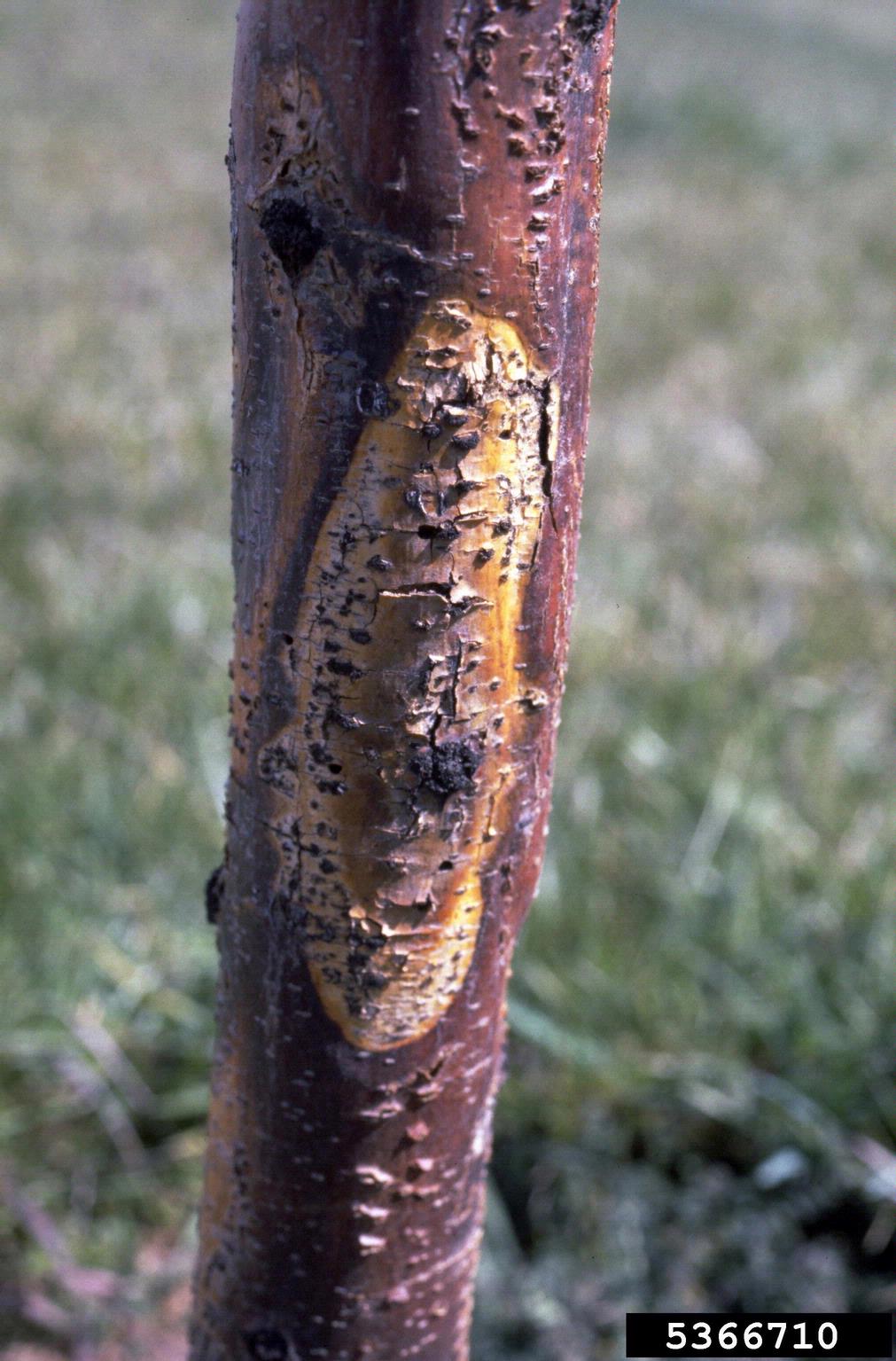 What Is Thyronectria Canker – Learn About Thyronectria Canker Treatment
What Is Thyronectria Canker – Learn About Thyronectria Canker TreatmentBecoming more familiar with potential diseases that may impact or diminish tree health is one way to accomplish this. Thyronectria canker on honey locusts, for instance, is an infection that can cause undue plant stress and decline. You can learn more about it here.
By Tonya Barnett
-
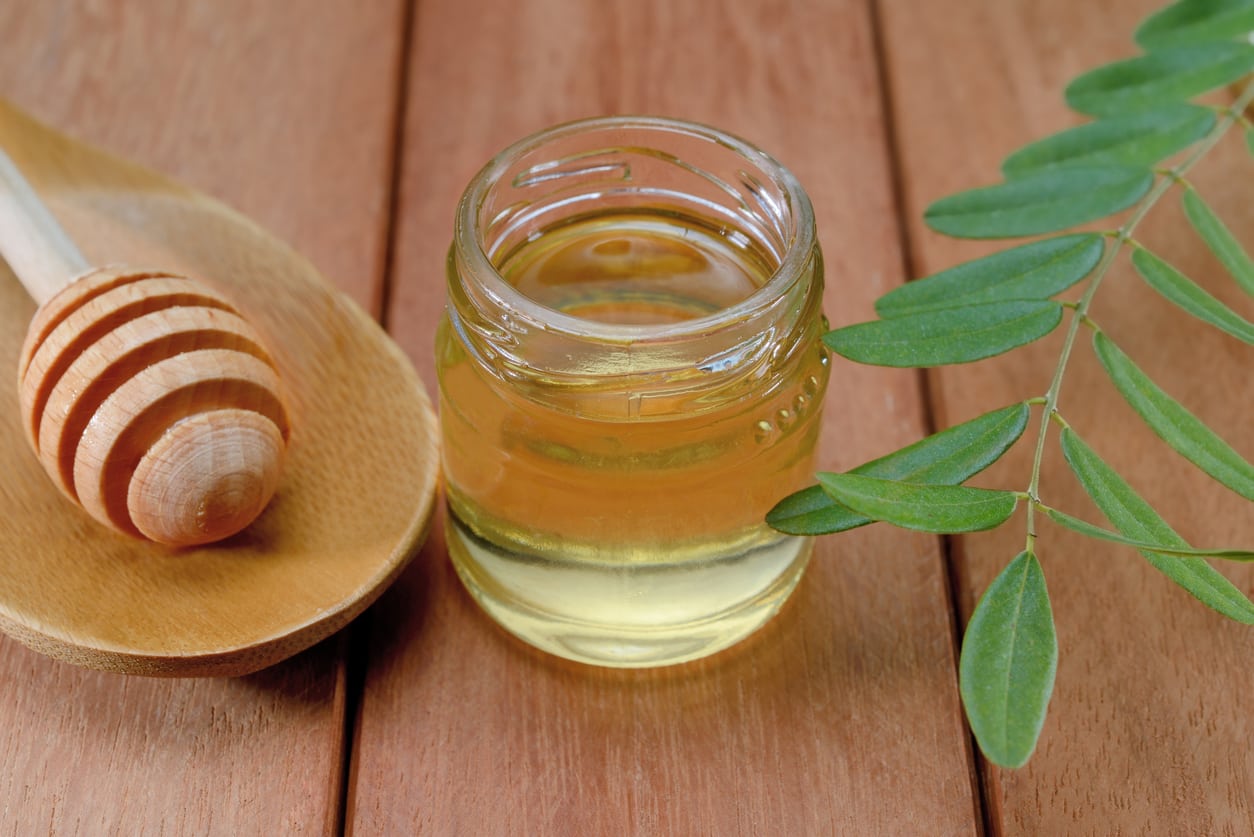 What Is Acacia Honey: Learn About Acacia Honey Uses And Benefits
What Is Acacia Honey: Learn About Acacia Honey Uses And BenefitsWhere does acacia honey come from? Maybe not where you think it does. Click this article to find out the answers to these questions, as well as acacia honey uses and more fascinating acacia honey information.
By Amy Grant
-
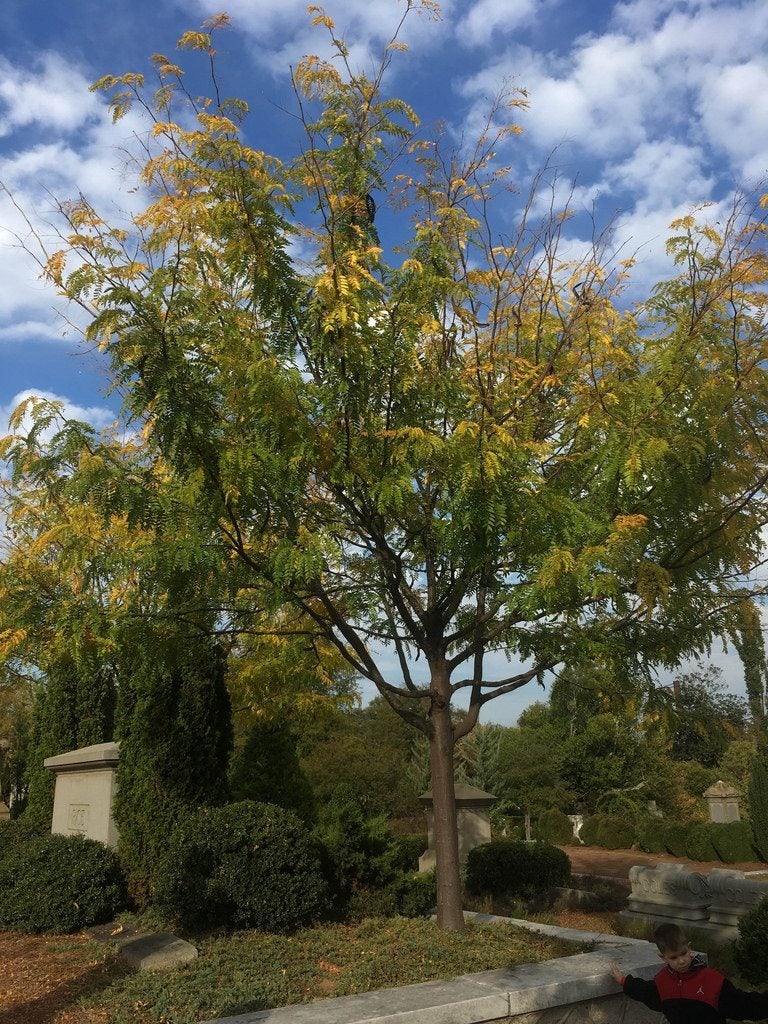 Skyline Honey Locust Care: Learn How To Grow A Skyline Locust Tree
Skyline Honey Locust Care: Learn How To Grow A Skyline Locust TreeUnlike other honey locust varieties, Skyline is thornless. These thornless honey locusts are great additions to the landscape as a shade tree. Interested in growing Skyline honey locusts? Click on this article to find out how to grow a Skyline locust tree.
By Amy Grant
-
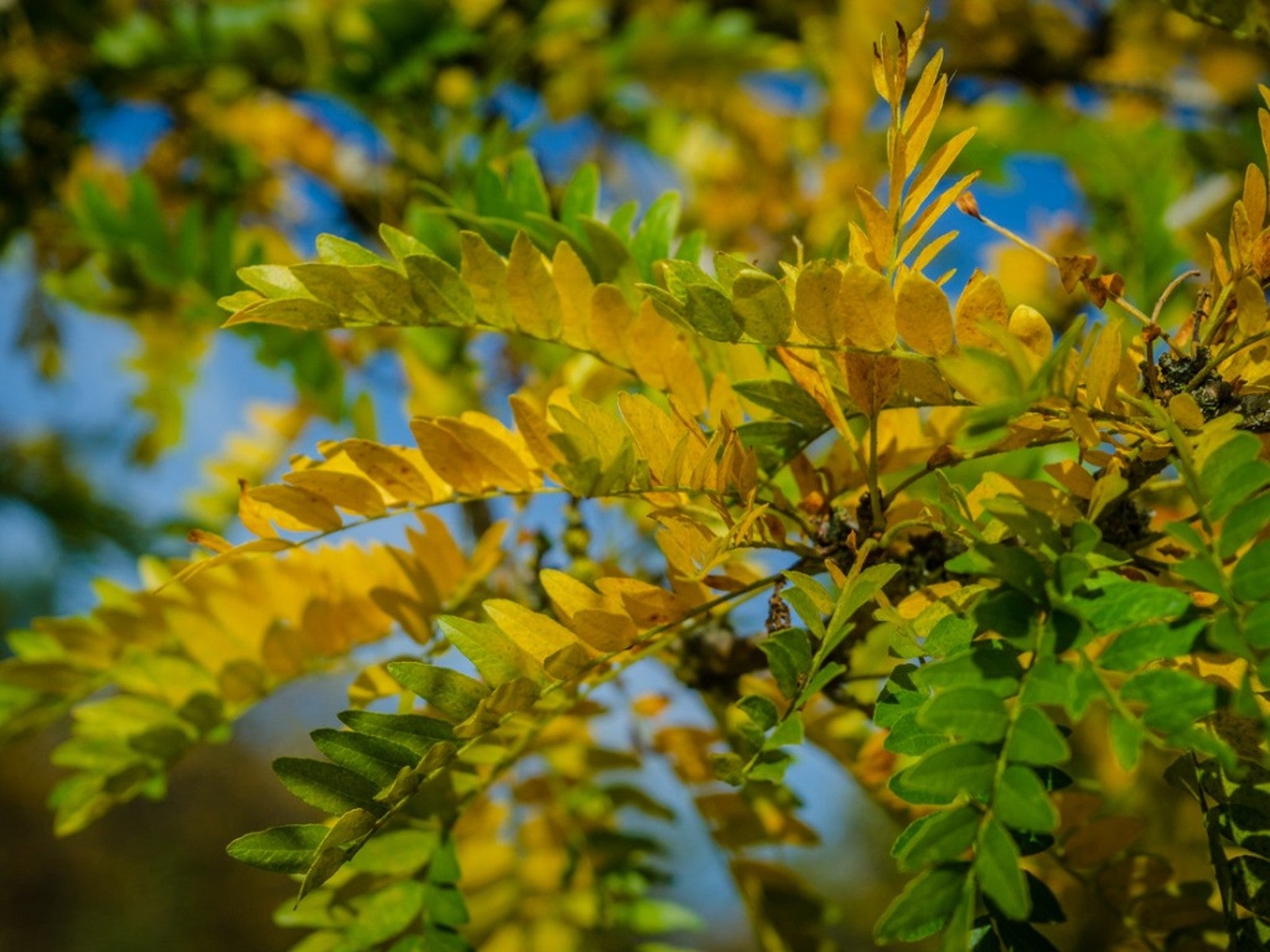 Honey Locust Information – How To Grow A Honey Locust Tree
Honey Locust Information – How To Grow A Honey Locust TreeHoney locust is a popular deciduous landscaping tree, especially in cities, used for shade and the small leaves don't need to be collected in the fall. A little bit of honey locust information is all you need to start growing this tree in your yard. This article will help with that.
By Mary Ellen Ellis
-
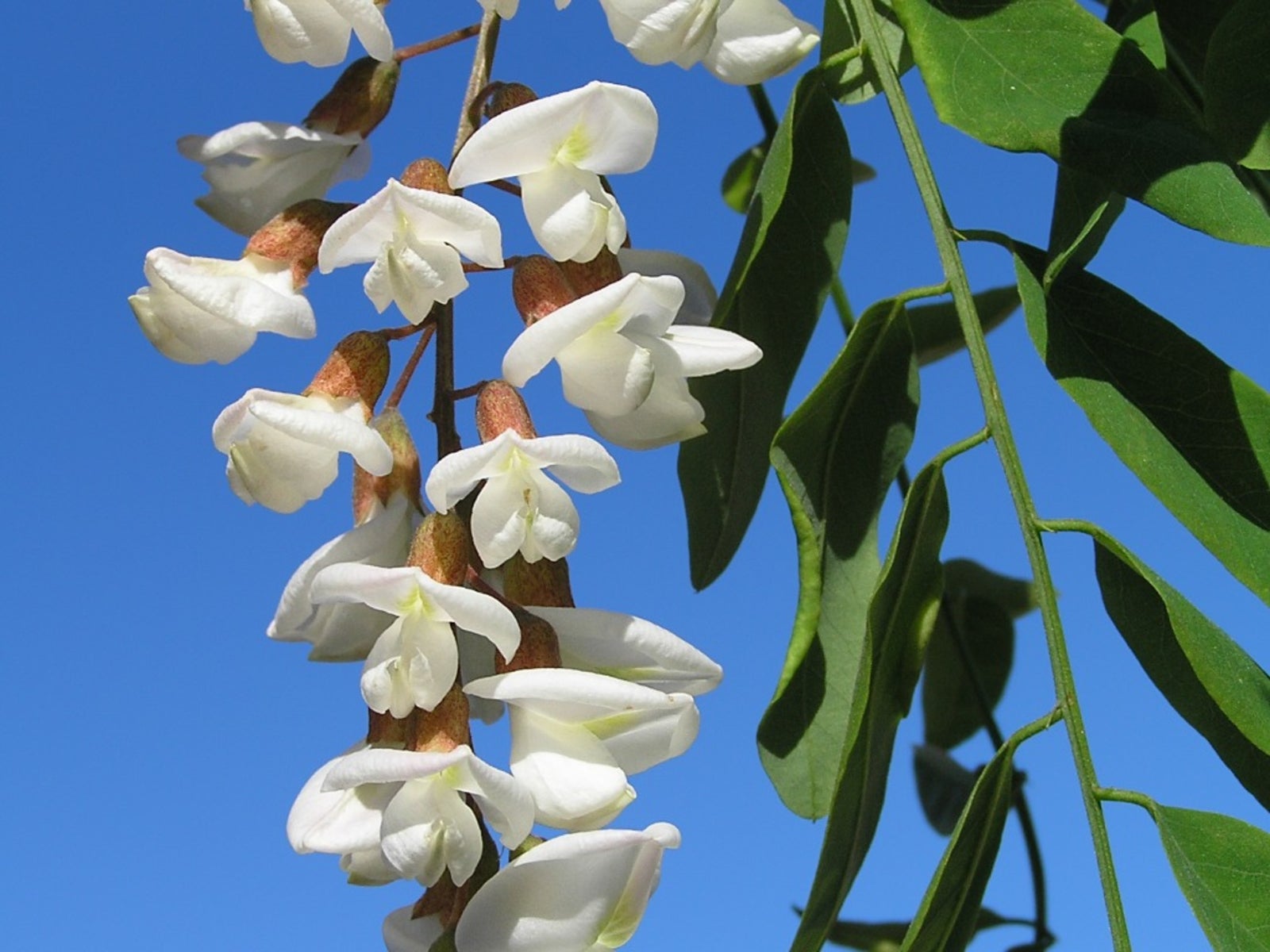 Black Locust Trees For Landscaping: Tips On Growing Black Locust Trees
Black Locust Trees For Landscaping: Tips On Growing Black Locust TreesBlack locust trees are at their best in late spring. Growing black locust trees is easy, but they can become weedy if you aren't diligent about removing suckers. Read here for more black locust information.
By Jackie Carroll
-
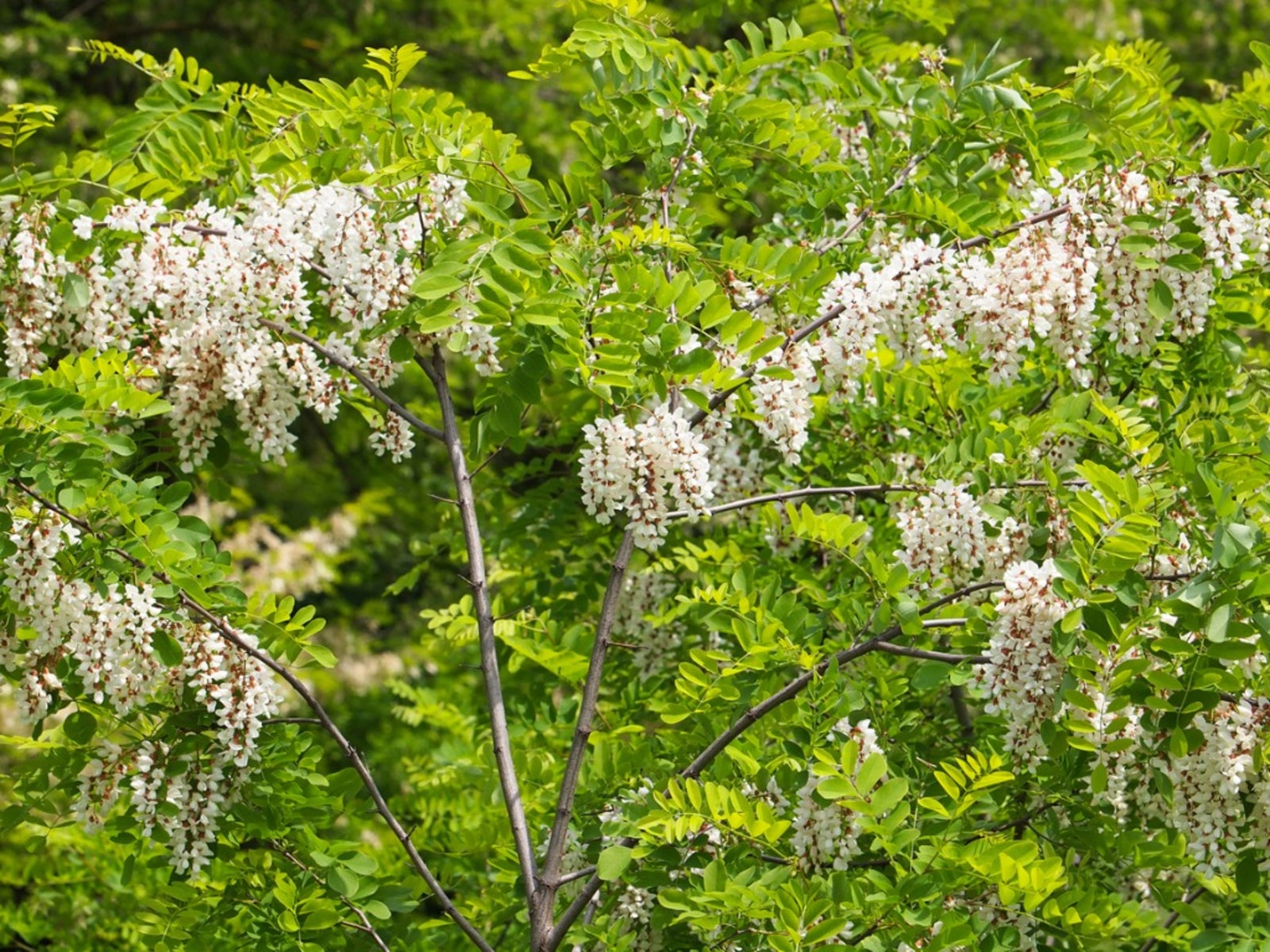 Locust Tree Information - Types Of Locust Trees For The Landscape
Locust Tree Information - Types Of Locust Trees For The LandscapeLocust trees produce large clusters of pea-like flowers that bloom in spring followed by long pods. Growing locust trees is easy and they adapt well to lawn and street conditions. Learn more here.
By Jackie Carroll